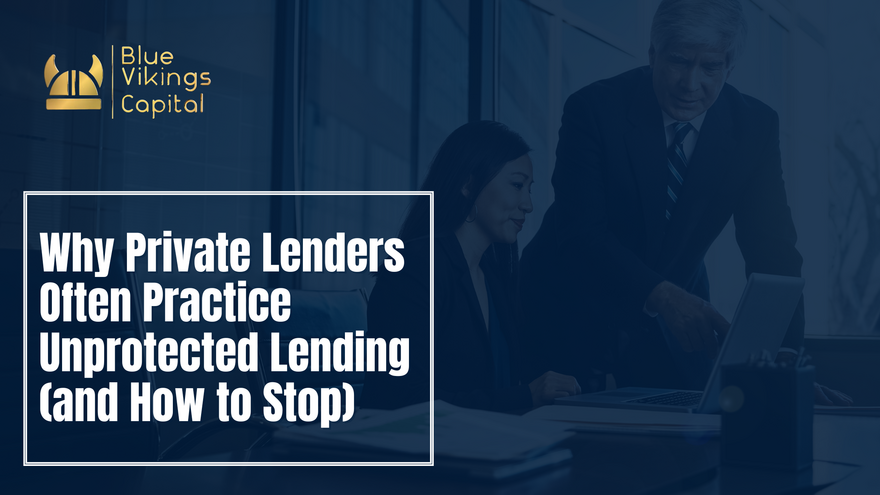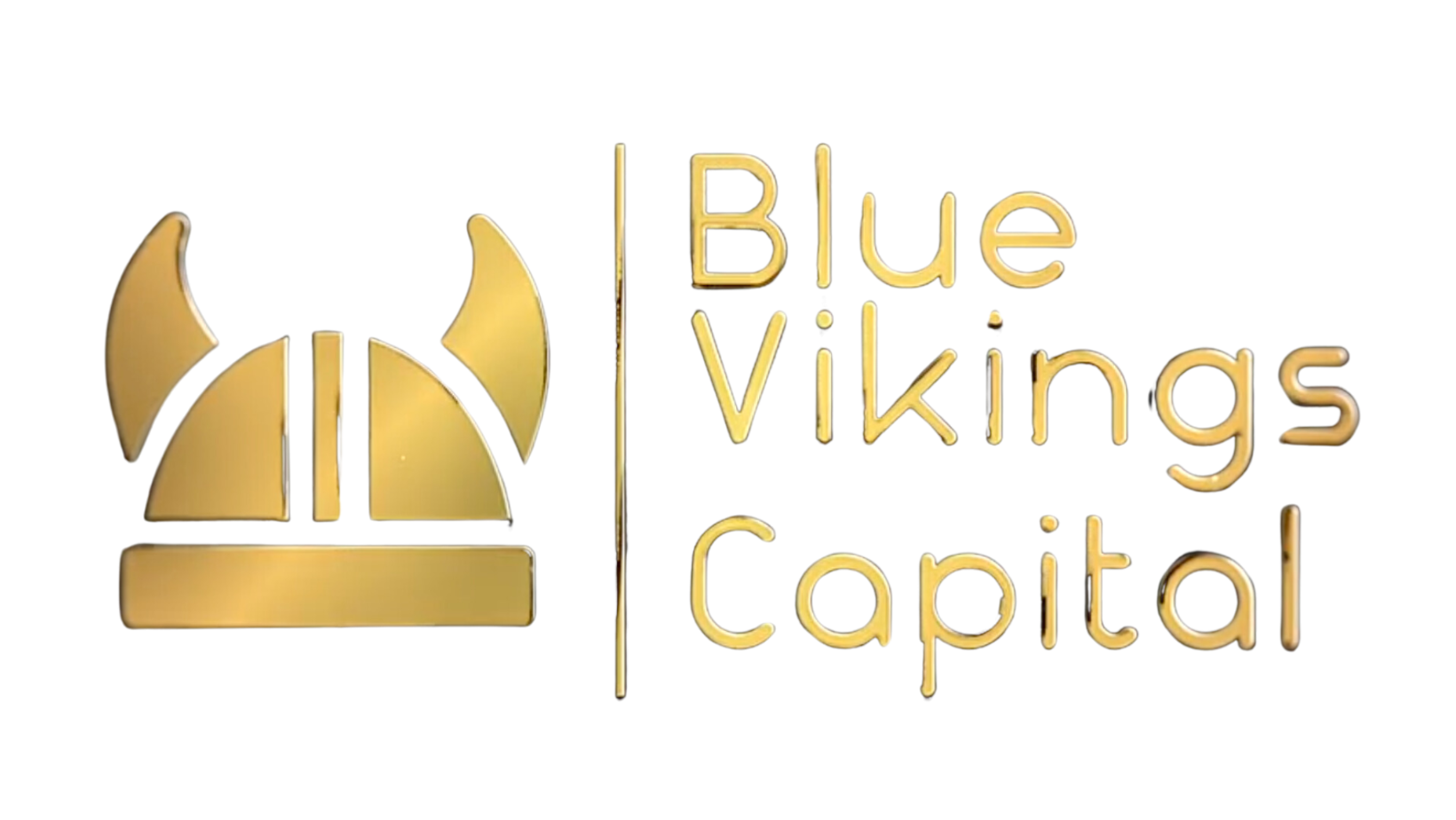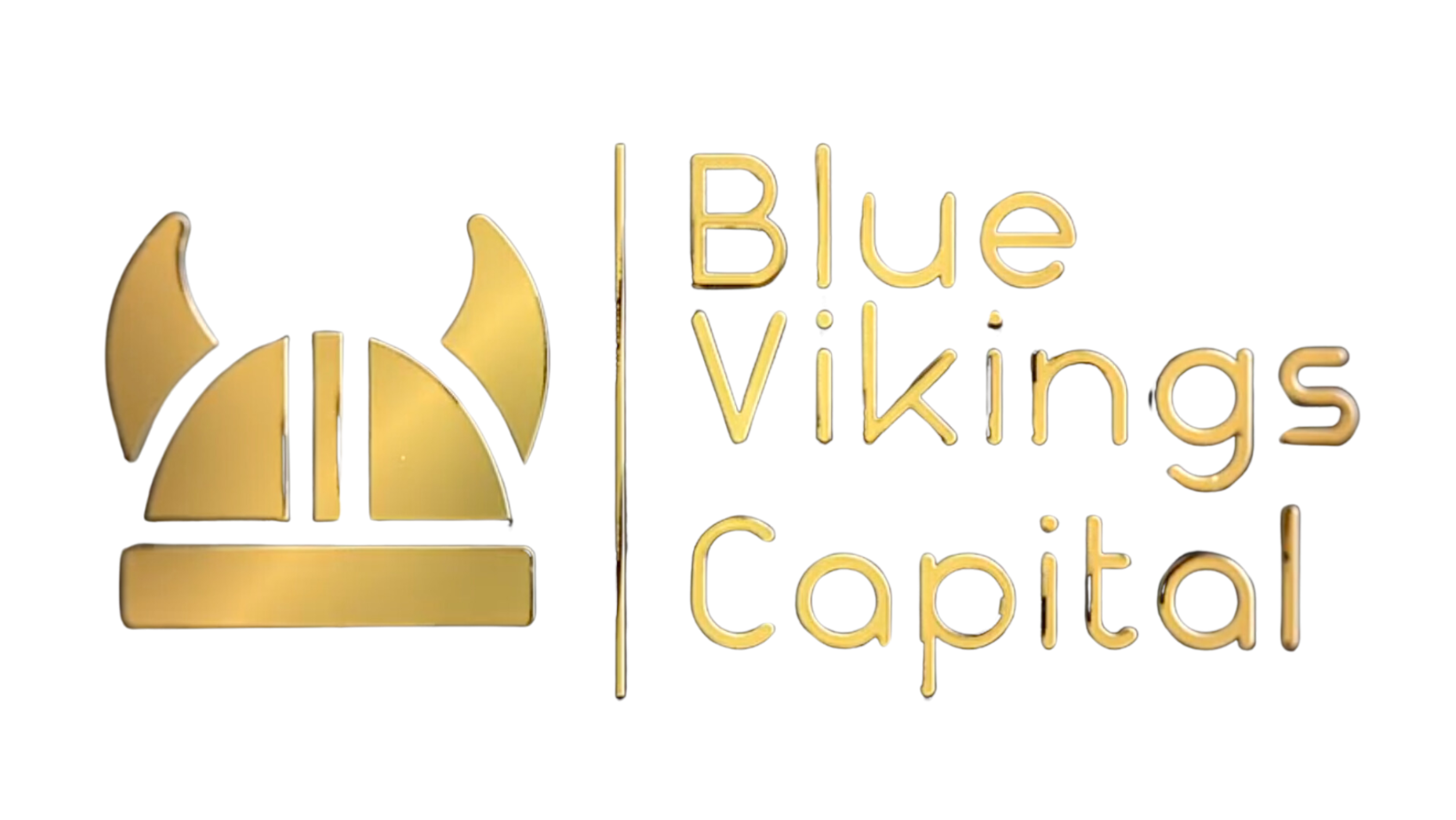Why Private Lenders Often Practice Unprotected Lending (and How to Stop)

Let me ask you a bold question:
Would you ever practice unprotected lending?
It sounds ridiculous, doesn’t it? But the truth is—most private lenders do it all the time. And often, they don’t even realize how dangerously exposed they are… until it’s too late.
Even smart, experienced lenders fall into risky habits. I’ve made the mistake myself. In this post, I’ll show you what “safe lending” really looks like, why so many people don’t do it, and how to protect yourself—especially if you’re lending through a retirement account.
Stick with me to the end. What you’re about to learn could save you thousands in fees—and possibly your entire investment.
What Safe Lending Should Look Like
If you’re funding fix-and-flip projects, the professional way to lend money is simple:
- Fund the purchase—but not the full amount. The borrower should have skin in the game.
- Disburse renovation funds in draws, as value is added through construction and rehab.
This structure keeps you in a secure position. Your capital is always backed by something tangible—ideally, a property worth more than the amount you've lent at any given point.
And just as important? You should be collecting monthly interest payments, not waiting until the borrower sells the property to get paid.
Why Most People Don’t Lend Safely
There’s one big reason private lenders skip this safe structure:
They’re using self-directed retirement accounts.
If you’ve ever used a custodian to manage loans through an IRA, you already know the pain. Unless you have checkbook control, everything takes longer, costs more, and becomes a logistical nightmare.
Here’s what I personally deal with:
- Every draw requires re-submitting documents
- Draw approvals take four days to process, plus another two days to fund
- Want to expedite it? Same day =$225, Next day = $125
- Each outgoing wire? $55
- Incoming wires from borrowers? Another $55, with no auto-pay option
- And every single incoming wire requires a “deposit coupon” form to be filled out manually
It’s inefficient, expensive, and frustrating—for both you and the borrower.
The Dangerous Shortcut Most Lenders Take
So what do most private lenders end up doing?
They say, “Forget it.”
And they fund 100% of the purchase and renovation costs upfront, then wait for the borrower to sell the property and repay the loan.
It’s easier, sure—but it’s incredibly risky.
Because if the flip doesn’t go as planned—maybe the house sells for less than expected, or the reno goes over budget—you’re left holding the bag.
You’ve fronted all the capital.
No interest has been paid.
You’re fully exposed.
And the property may not be worth what you’ve lent on it.
No professional lender would structure a deal this way.
I’ve Been There Too
Look, I get it.
I’ve done it myself. I practiced “unsafe lending” from my retirement account for years.
But I did it with someone I knew and trusted. I understood the risk and was willing to take it.
Then I wanted to lend to someone new. This time, I didn’t have the same relationship or trust built up. I wanted to do it the right way—with draws, documentation, and monthly payments.
But the delays, forms, and fees made it nearly impossible. And that’s when I realized:
There has to be a better way.
The Smarter, Safer Alternative: Lend via a Debt Fund
That’s why more and more private lenders—especially those lending through IRAs—are shifting into professional debt funds like the Blue Vikings Income Fund.
Here’s what they offer:
- Fund manager handles everything: underwriting, servicing, draws, and compliance
- All loans are backed by first-position liens
- You receive set monthly payments, typically earning 9–10% annually depending on investment level
- Your capital is always deployed—no idle periods between deals
- Your investment is diversified across a portfolio, not tied to a single borrower or property
- After the initial 6 months, your money is fully liquid—no penalties, no withdrawal fees, and no waiting on a flip to close
Yes, you might find a private loan that pays a little more on paper.
But let’s be real: between downtime, idle funds, delays, and the risk of default, those higher returns rarely pan out.
With a debt fund like the Blue Vikings Income Fund, your money is active, protected, and compounding—month after month.
Ready to Lend Smarter?
If you’re tired of the hassle, risk, and red tape of private lending—especially through a retirement account—we’re here to help.
Set up a call with me, and I’ll personally walk you through how the Blue Vikings Income Fund works.
It’s simple. It’s secure.
And it’s how professional lenders protect both their capital—and their sanity.
It’s time to stop practicing unprotected lending.


0 comments
Leave a comment
Please log in or register to post a comment